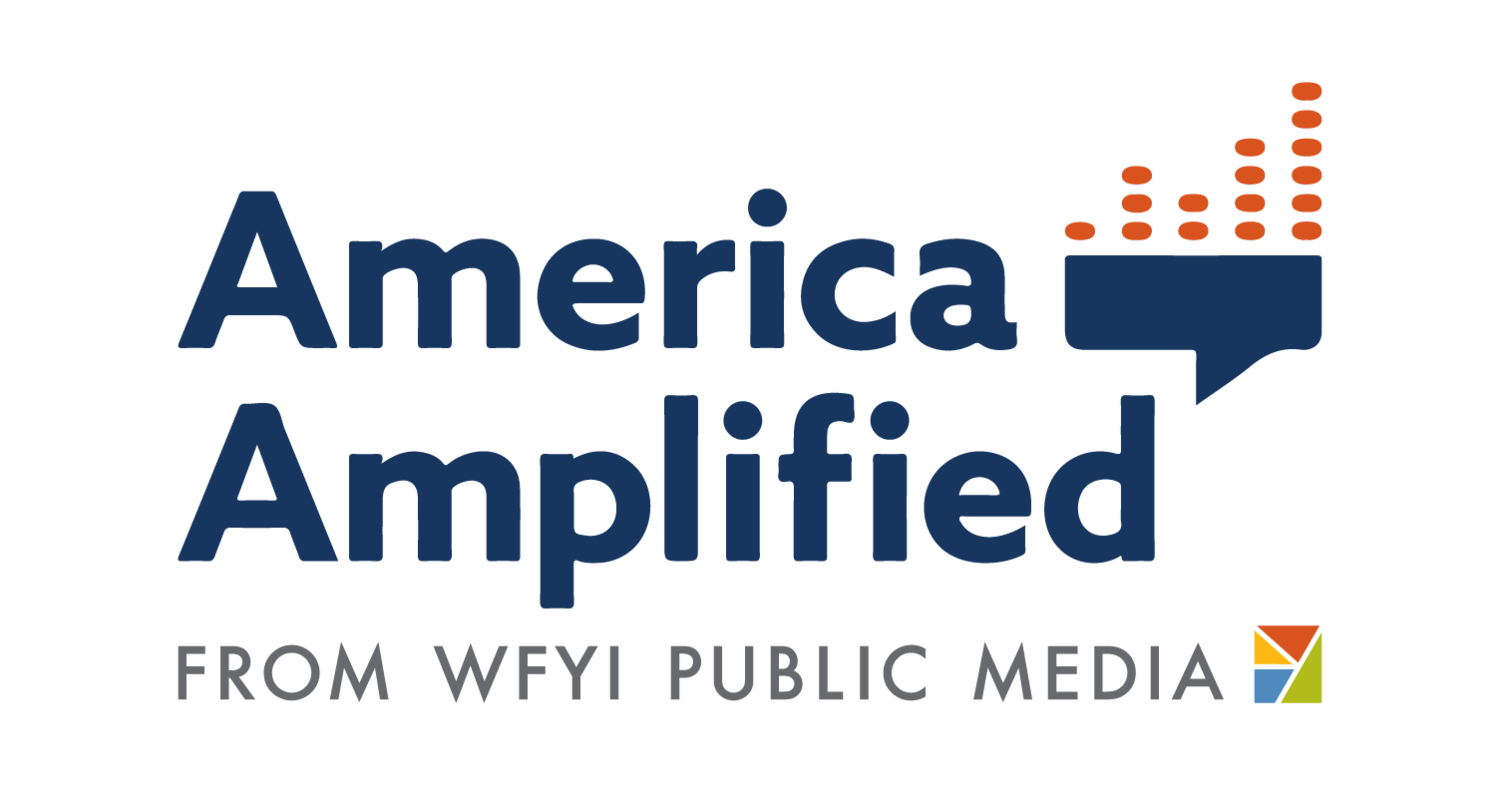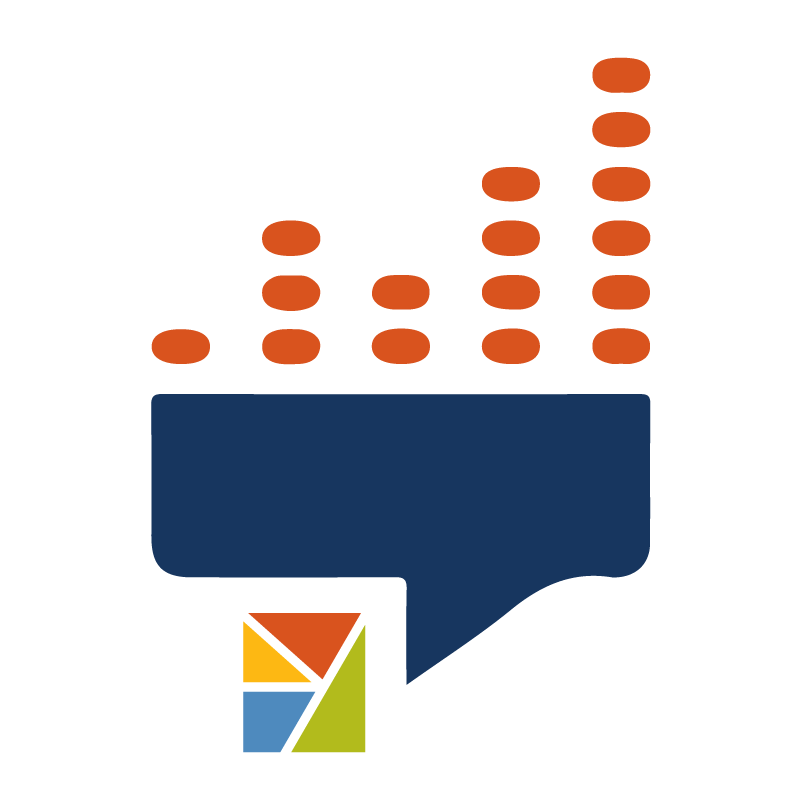Meet a community engagement manager: Robin Tate Rockel at Indiana Public Broadcasting
Robin Tate Rockel is Community Engagement Manager at Indiana Public Broadcasting. She spoke with Ann Alquist of America Amplified about her job and how it is integrated into the Indiana Public Broadcasting newsroom. This interview has been excerpted and edited for clarity.
What is a community engagement manager?
The main overarching theme is connecting with people that aren't currently represented in our news coverage. We go through and look at who we've been talking to, where ideas for stories have come from, and ask: who are we missing? Who are we not including in that communication?
So my primary role is reaching out to those people and talking to them either in person, or — with COVID — over the telephone or in a virtual face-to-face conversation. Sometimes it involves just sending an email to someone we met or talked to in the past and checking in: “Hey, I was thinking about our conversation from last year. What are the issues you guys are dealing with now? What's not being talked about? What's important to your community?”
So a community engagement person allows us to reach those people more easily because we have someone on the team whose job it is to reach out to those communities and make those connections.
How do you identify where the gaps in coverage are?
I think the most important thing is talking to the editors, talking to the reporters and just saying, “who do you feel like you haven't talked to, who's hard to reach” and then having that as a starting point to dig into.
What’s a tip you have for engaging with the community?
I found just asking people to connect us with other people is always best — maybe it's someone who we spoke to a few months ago that we think knows a variety of different people in the community and asking them who we should talk to.
Gaining trust is what engagement is all about. So if you have people you've worked with in the past and they had a good experience with you, they liked your conversation, they felt heard, they felt like they were represented, then I think that they're very willing to open doors for you.
The most important thing is going beyond the gatekeepers of communities. So many times there will be these communities where maybe four or five people that always get that phone call. But they don't represent that community. You have to go beyond those gatekeepers to really hear what's on people's minds, what they want to share, what experience they're having.
I don't want to make the call to the person that will always pick up the phone, the person that got to voice their experience or story last week on a different platform.
Describe your relationship with the newsroom.
I have a standing meeting with my editor and my digital producer every Wednesday morning. So we're on the phone and talking about what's happened in the last week, what do we need to hash out and plan for this next week?
My editor supports the engagement work and I think that has helped me so much in staying focused, staying on task, making sure I'm doing what's helpful to the team. So it's not just something that happens. It's something that he prioritizes and includes in every conversation.
Every week we're talking about different things, whether it is community conversations, what texts we're going to send out, what embeds we're going to put into our stories or listening sessions happening.
Throughout the week I will meet with reporters to alert them to what people are asking if it is within their beat, and many times, I need their help to provide answers to their questions.
We’ve seen how Indiana Public Broadcasting embeds engagement questions into their digital stories. What did you learn from what you heard?
We had two separate embeds in 2020: one COVID and one election. In the middle of each story related to COVID there was a box that said, “What questions do you have about the coronavirus? Is there anything we can help answer for you? Please share your email address if you want to follow it up.” We did the same thing for the elections.
For the coronavirus, we had well over 1,000 comments or questions since we started it in the end of March. The election one was open for maybe six months and we only got like 150. So it shows that people were in need of more information on the coronavirus.
Through those embeds we were able to identify the big topics this year: People needed information on unemployment insurance, people needed information on how to look through and read coronavirus data.
We did a whole Facebook Live on questions we had gotten through the embed on how to effectively read information from the state's (COVID-19) dashboard to identify how they can make decisions about their lives.
After people had their 26 weeks of unemployment, people would ask, “Hey, do I qualify for extended benefits through unemployment insurance in Indiana?”
I was able to send that question onto our workforce reporter. He was able to provide me some really good information. So then I was able to email those people directly back, “I checked with our reporter and yes you qualify. Here's an article you can read about it and here's where you can read what the state has to say about it.”
So I was able to provide them links, give them a personalized email back. People responded with surprise!
How do you promote your texting club?
We put together a little television promo, we put it into radio scripts. In our story embeds we put in a little box asking people: “If you want to keep in touch with us, we have a text group, text ‘elections’ to 73224.”
Every Friday our digital producer was a guest on the talk show and she was able to talk it up. When we did our Facebook live events, we’d always have a plug at the end of that. I had it in my signature line in my email. Anywhere that we can help spread the word we would!
We asked people to provide their ZIP codes when they joined so we could identify where we had members, and where we didn’t. So the idea was that we were going to take some time to be at community events in those parts of the state with few members.
We were able to do an exit survey with the texting club, asking “Was this helpful to you at all?” We got about 200 responses, which I was pleased with, and 85% of the people said it was helpful.
How do you measure success?
Putting goals on engagement work takes time and it's not always about numbers, we've learned. When we started the text club we wanted to make sure that we were able to create those direct ties from questions and comments people had to our content.
When we have our virtual discussions on Facebook, I view engagement from those as how many people are sharing questions. So if we have a hundred viewers and no one asks a question or is liking anything or reacting, then that's kind of a fizzle. I want people to be engaged. But if we have 20 people and we receive five questions from the people watching, I feel happy.
So it's making sure that we're getting something out of people: “What's in your head? We want your questions. We want you to somehow share something with us.” That's always kind of what it comes down to with engagement work. There's no better feeling than making connections with people that might not have happened otherwise.
How do you track what you receive?
I use Google spreadsheets that are updated at least once per week. For questions that are embedded in our stories, I have columns track the generalized topic, the date the question was received, and our response. We also track our text group activity by tracking our prompt, the date it was sent and the number of responses. When we do listening sessions as a team, I track the date, time, who was included and any output.
At the end of the year I pull ZIP codes from engagement so we know the geographies we are reaching.
Everyone on my team has access to the spreadsheets. I also do a weekly update to share major themes and questions. Here is what I shared this week for example:
What people were asking in your stories from Jan 4-10 [2021]:
Unemployment:
Folks were looking for claim and voucher submission info, payments updates. Overpayment concerns. Complaints about DWD management.
Several questions about CARES Act and newest stimulus. What is the same? What is different? Especially with unemployment qualifications.
Vaccines (Most answered in recent spots and FAQ updates):
Are there any plans to give priority to people with disabilities, disease, essential workers?
Is there enough communication coming from the state to reach people with vaccine info?
When and where can I get it?
Comparison with other states.
Indiana has about 6 million residents. A 95% efficacy means over 300,000 Hoosiers will not be effectively vaccinated. My question is how can I determine if I have sufficient antibodies? Can I get a blood test to determine this after about 14 days after my second “booster” shot?
Randoms:
Can you please include the Bill No. when you write?
Two questions on the death data misinformation circulating

